

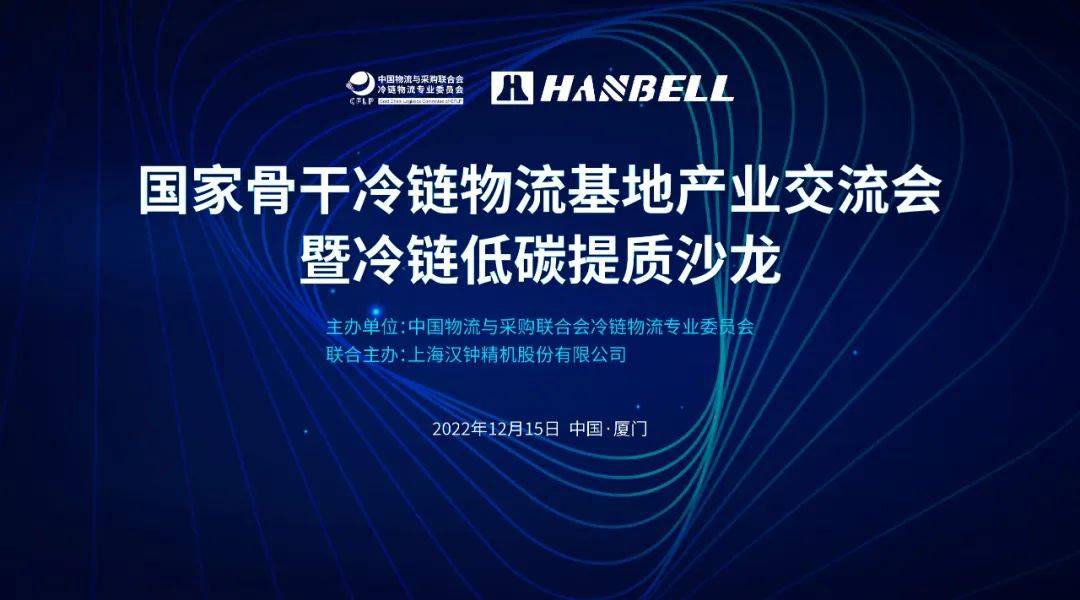
In 2022, as the key year for the implementation of the 14th Five-Year Plan for Cold Chain Logistics, policies, standards and other favorable policies will help cold chain logistics seize the opportunities of the times and "improve quality" and "increase efficiency". In September this year, the group standard of "Low Carbon Evaluation Index for Cold Storage" was formulated, and the following month, the National Development and Reform Commission issued the Notice on the Construction of National Backbone Cold Chain Logistics Bases in 2022, which announced the list of the second batch of 24 national backbone cold chain logistics bases. The drafting of low-carbon standards for cold storage and the continuous expansion of the scale of the national backbone cold chain logistics base all mark that cold chain logistics has entered the fast lane of high-quality development.
Based on this, the National Backbone Cold Chain Logistics Base Industry Exchange and Cold Chain Low Carbon Quality Improvement Salon, sponsored by CCLC and co-sponsored by Shanghai Hanzhong Precision Machinery Co., Ltd., invited Kong Delei, Vice President of CCLC, to preside over the meeting. Qin Yuming, Secretary-General of CCLC, Liu Fei, Executive deputy secretary general of CCLC, Liao Zhisheng, General Manager of Hanbell, Xie Peng, Manager of Hanbell Refrigeration Department, Sha Lu, Senior Consultant of Tianjin Light Industry Design Institute, and Tang Hao, Senior technical manager/Cold Chain Technology Director of ESR, attended the meeting and shared the theme.
At the beginning of the meeting, Qin Yuming, Secretary-General of the CCLC, delivered a speech. Qin Yuming said that the national backbone cold chain logistics base plays an important role in gathering logistics resources, promoting industrial linkage development and ensuring regional people's livelihood. CCLC actively participates in the specific work of base construction research and evaluation, and closely links with the national backbone base carrying enterprises. In recent days, the General Office of the State Council issued the "14th Five-Year Plan" for the development of modern logistics, which clearly put forward the idea of "further promoting energy conservation and emission reduction in the field of logistics". The cold storage industry is the basis for the green and low-carbon transformation of the cold chain. This year, CCLC focused on the formulation of the standard of "Low Carbon Evaluation Index for Cold Storage" to help the low-carbon development of the cold chain industry. In this context, CCLC joined hands with Hanbell to organize this event to explore the green development path of the national backbone cold chain logistics base.
Liao Zhisheng, general manager of Hanbell, said in his speech that Hanbell is the world's leading compressor manufacturer, and sincerely hopes to strengthen communication and exchanges with colleagues relying on the industry event of the annual meeting of the cold chain industry in 2022.
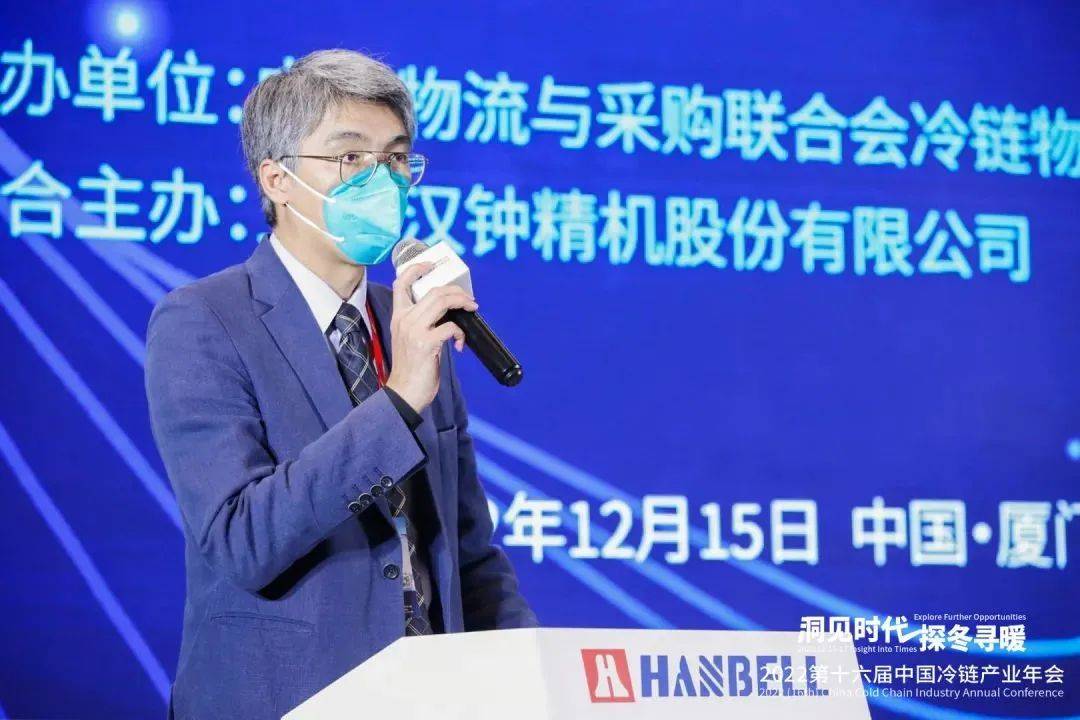
During the exchange meeting, guests and representatives from five national backbone cold chain logistics bases and carrying units, including Tianjin National Backbone Cold Chain Logistics Base, Changzhou National Backbone Cold Chain Logistics Base and Fuzhou National Backbone cold chain Logistics Base, made in-depth analysis and sharing on the layout characteristics, development status, construction points and future development trends. The guests believed that the national backbone cold chain logistics base must focus on the theme function, and effectively promote the intelligent and low-carbon construction of the base. After the completion of the base, how to maximize the role of the national backbone cold chain logistics base is a realistic problem for every carrying enterprise. Delegates at the meeting said that the core demand for the construction of the national backbone cold chain logistics base lies in the need for preferential support from national policies, funds and resources.
Liu Fei, executive deputy secretary general of the CCLC, put forward that the economic foundation is the fundamental driving force to support the development of cold chain logistics, and comprehensively reviewed the historical process of the development plan of cold chain logistics in the 14th Five-Year Plan and the construction of the national backbone cold chain logistics base. For cold chain enterprises, policy-oriented financial instruments are good for development, so they should adhere to long-term cold chain doctrine, form scale effect and reduce the cost of the whole process.
Xie Peng, manager of CCLC Refrigeration Division, shared the "Effectiveness Management of Compressors in Construction and Operation under Multi-temperature Cold Storage Scenario", saying that due to the different temperatures specified by the products. The temperature of cold storage can be basically divided into high temperature cold storage (7-16 ℃), cold storage (0-4 ℃), freezing storage (-18-23 ℃), variable temperature storage (0-4 ℃, -18 to -23 ℃) and quick-freezing storage (-30 ℃). Therefore, multi-type and multi-temperature storage should be considered in the planning of cold storage. In such a complex application scenario, Hanbell has launched a variety of compressor products to meet the needs of multi-temperature cold storage.
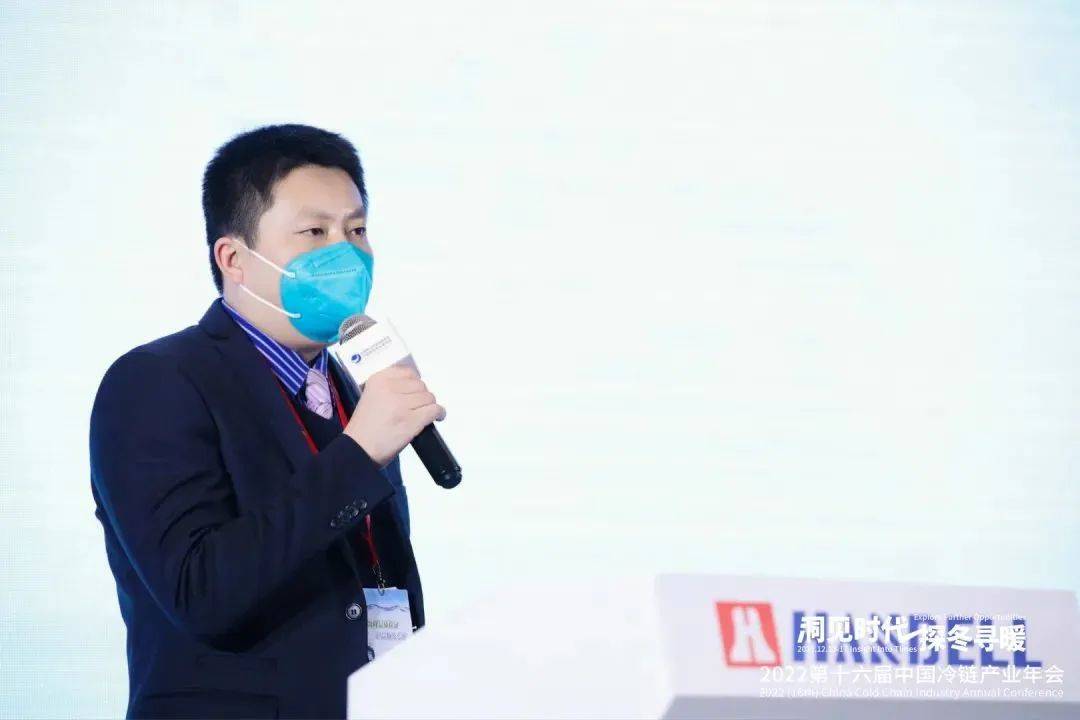
Sha Lu, senior consultant of Tianjin Light Industry Design Institute, shared the "Planning and Application of New Cold Storage Design under Low Carbon Standard". He said that the carbon emissions of cold chain were mainly divided into three categories: energy consumption, refrigerant leakage and food decay. The total carbon emissions were 402 million tons, of which the carbon emissions of energy consumption and food decay were larger, accounting for 92.24%. Therefore, in order to effectively reduce cold chain carbon emissions under the background of double carbon, we should start with four ways: the application of low-carbon energy, the reduction of perishable food, the application of environmentally friendly refrigerants and new energy-saving technologies.
Tang Hao, Senior technical manager of ESR/Head of Cold Chain Technology, delivered a keynote speech entitled "Evaluation and Reflection of REITs Logistics Real Estate on Cold Storage Technology Iteration", believing that functional cold storage such as distribution and allocation accounts for the highest proportion of the market. At present, the operation mode of cold storage in ESR Park is mainly customized e-commerce turnover and cold chain city distribution turnover, and the layout zoning of cold storage is designed separately for different operation modes.
At the end of the meeting, participants from Danfoss, Fujian Fengda Group, ESR, Shanghai Ruileng and many other enterprises focused on the exchange and sharing of "improving quality and efficiency" of cold storage. Since the release of the 14th Five-Year Plan for Cold Chain Logistics, the layout of cold storage, how to reduce consumption and improve efficiency in the construction and operation of cold storage, whether the energy consumption and low-carbon management costs of cold storage can be supported by market technology, and how refrigeration technology and equipment can better empower cold chain enterprises are discussed one by one. In the aspect of green energy saving, it is proposed to integrate photovoltaic energy storage with cold storage construction projects to explore a new energy-saving scheme for cold storage. In terms of cold storage investment and operation, enterprises need to consider comprehensively according to multiple indicators such as regional analysis and return on investment.
So far, the National Backbone Cold Chain Logistics Base Industry Exchange and Cold Chain Low Carbon Quality Improvement Salon have been successfully concluded in Xiamen. The conference brought together hundreds of representatives of leading cold chain enterprises and institutions from all over the country to explore industrial development, build a low-carbon cold chain and seek a high-quality development path for the cold chain together.
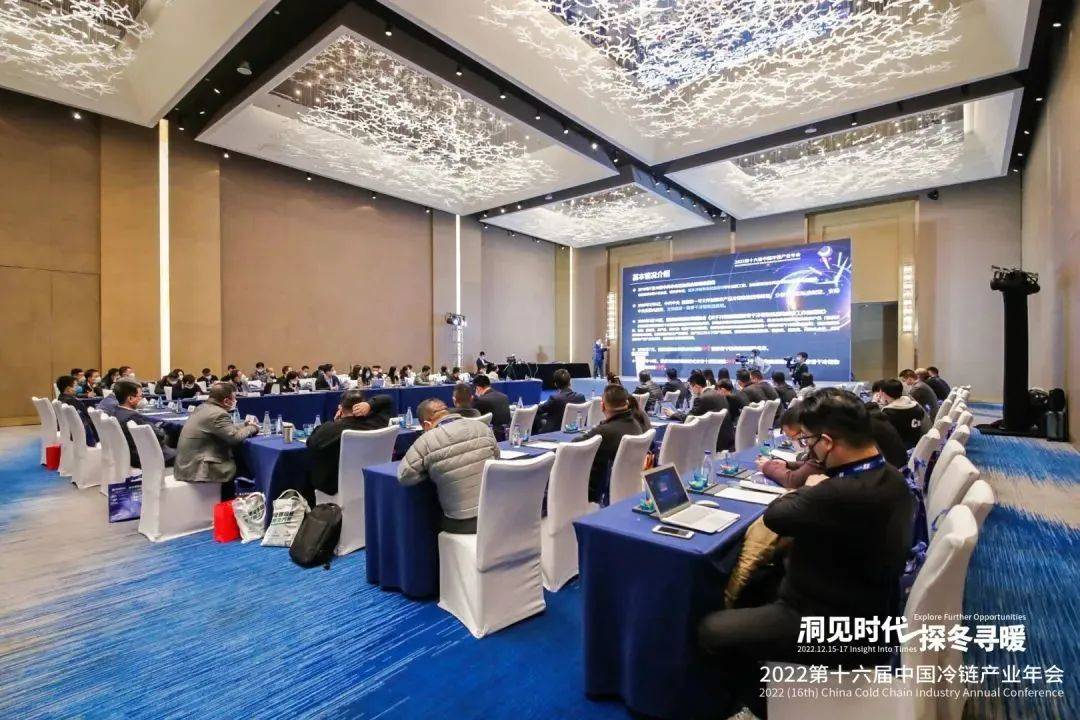
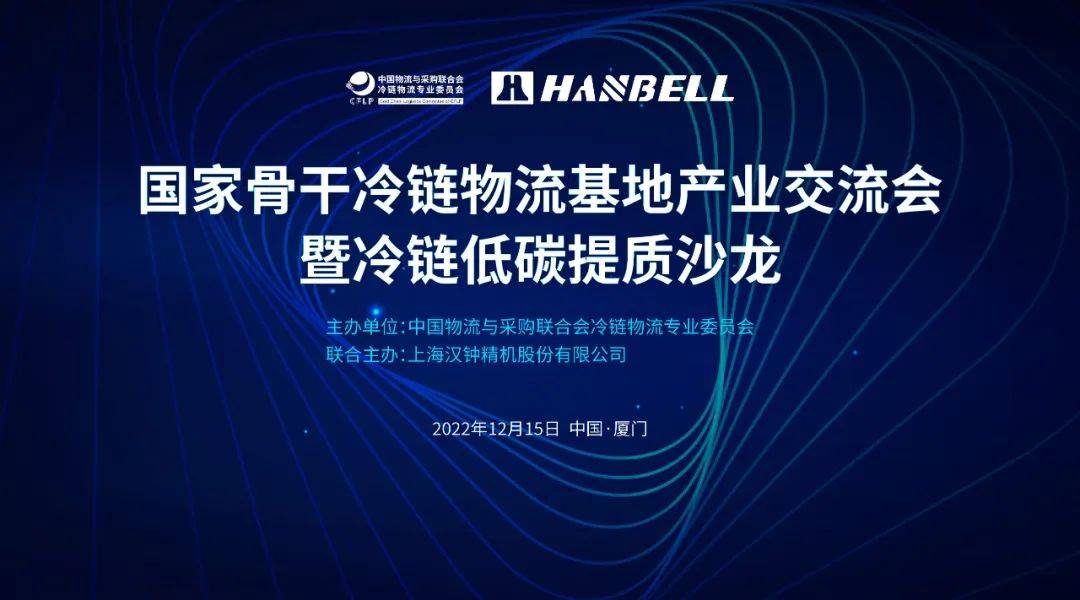
2022年作为十四五 冷链物流规划实施的关键之年,政策、标准等多重利好,助推冷链物流紧抓时代机遇,“提质”“增效”。今年9月,《冷库低碳评价指标》团体标准启动制定,次月,国家发展改革委印发《关于做好2022年国家骨干冷链物流基地建设工作的通知》公布了第二批24个国家骨干冷链物流基地建设名单。冷库低碳标准起草、国家骨干冷链物流基地规模持续扩容等都标志着冷链物流进入高质量发展快车道。
基于此,本次由中物联冷链委主办、上海汉钟精机股份有限公司联合主办国家骨干冷链物流基地产业交流会暨冷链低碳提质沙龙,邀请中物联冷链委副会长孔德磊担任主持,中物联冷链委秘书长秦玉鸣、中物联冷链委常务副秘书长刘飞、汉钟精机总经理廖植生、汉钟精机制冷事业部经理谢鹏、天津市轻工业设计院高级顾问沙陆、ESR高级技术经理/冷链技术负责人唐浩等出席会议并进行主题分享。
会议之初,由中物联冷链委秘书长秦玉鸣进行会议致辞,秦玉鸣表示国家骨干冷链物流基地在集聚物流资源、促进产业联动发展、保障区域民生等方面发挥着重要的作用。中物联冷链委积极参与到基地建设调研、评审等具体工作中,密切联动国家骨干基地承载企业。近几天国务院办公厅印发“十四五”现代物流发展规划明确提出“深入推进物流领域节能减排”。冷库行业是冷链绿色低碳转型的基础,今年中物联冷链委重点围绕《冷库低碳评价指标》标准开展制订工作,助力冷链行业低碳发展。在此背景下,中物联冷链委携手汉钟精机举办本次活动,共探国家骨干冷链物流基地绿色化发展路径。
汉钟精机总经理廖植生在致辞中表示汉钟精机是全球领先的压缩机制造商,衷心希望依托2022年冷链行业年会这一行业盛会,与各位同仁加强沟通交流。
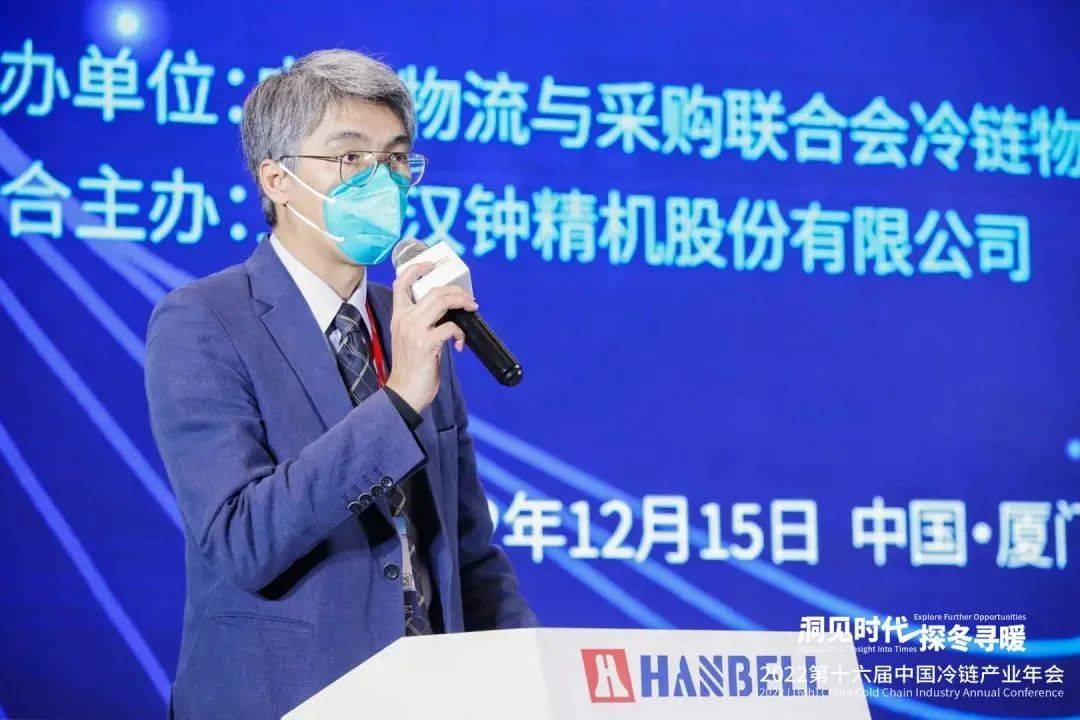
交流会期间,来自天津国家骨干冷链物流基地、常州国家骨干冷链物流基地、福州国家骨干冷链物流基地等五家国家骨干冷链物流基地及承载单位的嘉宾代表们针对布局特点、发展现状、建设要点及未来发展动向等角度等方面进行深入剖析与分享。嘉宾认为国家骨干冷链物流基地必须围绕主题功能聚焦定位,切实推动基地智能化和低碳化建设。在基地建成后,如何最大限度地发挥好国家骨干冷链物流基地的作用是摆在每一家承载企业面前的现实问题。与会代表表示,国家骨干冷链物流基地建设的核心诉求在于需要国家政策、资金和资源等方面的倾斜支持。
中物联冷链委常务副秘书长刘飞围绕《技术引领,迈向“十四五”冷链行业高质量发展的快车道》,提出经济基础是支撑冷链物流向前发展的根本动力,全面回顾了“十四五”冷链物流发展规划与国家骨干冷链物流基地建设的历史进程。对于冷链企业而言,政策性的金融工具是发展的利好,应当坚持长期冷链主义,形成规模效应,降低全流程成本。
汉钟精机制冷事业部经理谢鹏分享了《多温冷库场景下,压缩机在建设运营中的成效管理》,表示由于产品规定温度的不同,冷库库温可以基本划分为高温冷藏库(7-16℃)、冷藏库(0-4℃)、冷冻库(-18-23℃)、变温库(0-4℃、-18至-23℃)、速冻库(-30℃),因此在进行冷库规划时需要考虑多品类多温区储存。在如此繁杂的应用场景下,汉钟精机推出了多种压缩机产品以适应多温冷库需要。
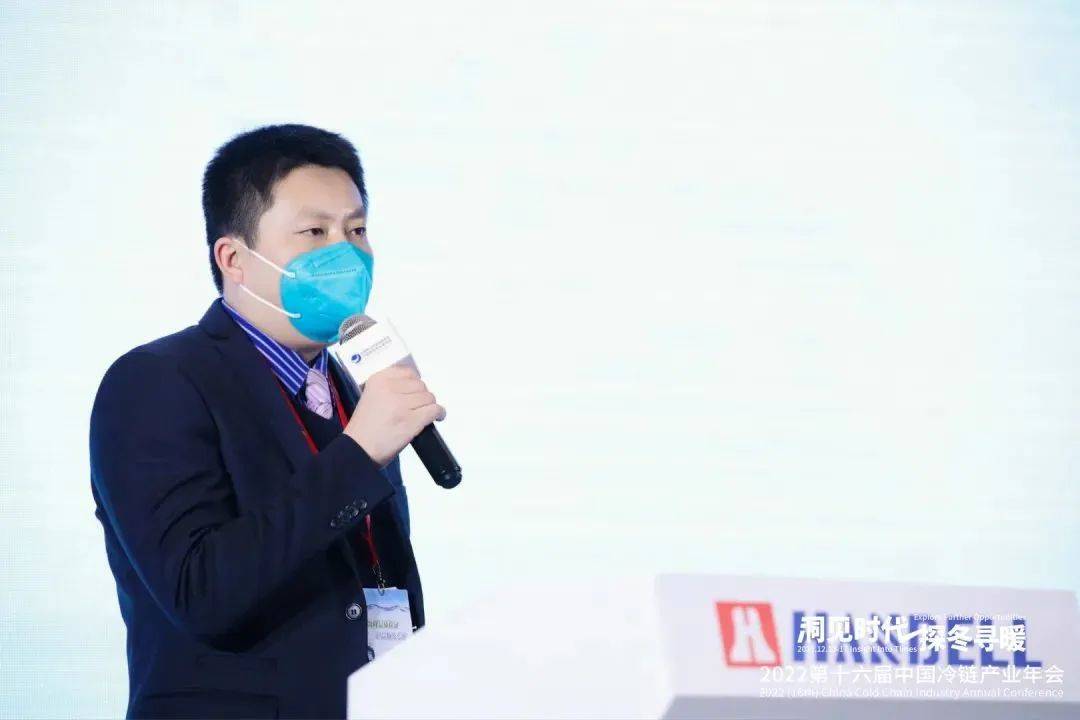
天津市轻工业设计院高级顾问沙陆针对《低碳标准下新型冷库创效设计的规划应用》进行分享,他表示冷链碳排放主要分为能源消耗、制冷剂泄漏和食品腐损三类,碳排放量合计4.02亿吨,其中能源消耗类、食品腐损类碳排放量较大,总占比高达92.24%。因此在双碳背景下想要有效减少冷链碳排放,主要从低碳能源应用、易腐食品减损、环保制冷剂和节能新技术应用四个途径入手。
ESR高级技术经理/冷链技术负责人唐浩发表了题为《REITs物流地产对冷库技术迭代的评估和思考》的主题演讲,认为配送型和分拨型这类功能型冷库占市场比重最高。ESR园区目前冷库运营模式主要为定制电商周转和冷链城配周转,针对不同的运营模式对冷库布局分区进行单独设计。
会议最后,来自丹佛斯、福建丰大集团、ESR、上海睿冷等诸多企业的与会嘉宾重点围绕冷库“提质增效”开展交流分享,就十四五冷链物流规划发布以来各地冷库布局、冷库建设和运营如何降耗提效、冷库能耗、低碳管理费用能否得到市场技术支撑和制冷技术及装备如何更好为冷链企业赋能等问题逐一进行了探讨。在绿色节能方面,提出将光伏储能与冷库建设项目相融合探索冷库节能新方案。在冷库投资运营方面,企业需要根据区域分析、投资回报等多重指标综合计算考量。
至此,本次国家骨干冷链物流基地产业交流会暨冷链低碳提质沙龙在厦门圆满结束。本次会议汇集了数百位来自全国各地的冷链领头企业代表、院校机构代表等,共探产业发展,共铸低碳冷链,共谋冷链高质量发展之路。

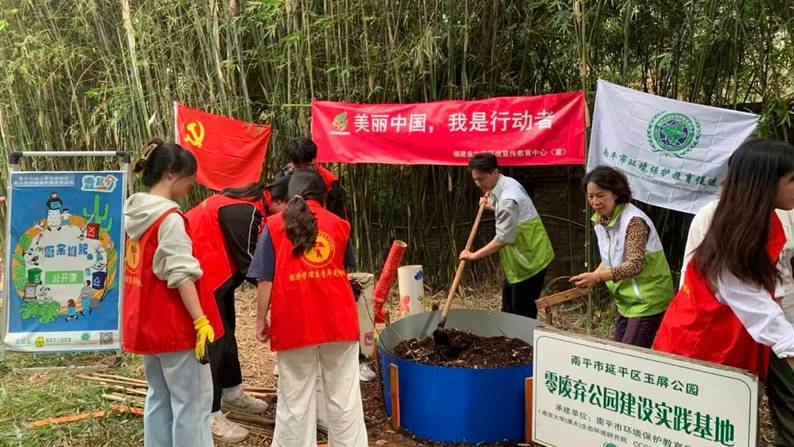
南平零废弃建设等案例,在联合国COP30大会上向全球发布!
12-04 · 来源:福建南平环境 · 作者:福建南平环境

上海市第六人民医院入选《2025美丽中国 · 绿色空间使用者典型案例集》
12-04 · 来源:徐汇生态环境 · 作者:徐汇生态环境
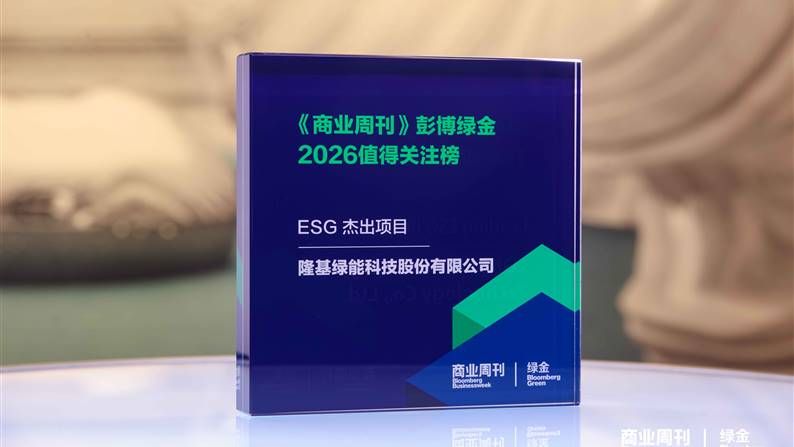
隆基入选彭博绿金2026值得关注榜“ESG杰出项目
12-04 · 来源:隆基绿能 · 作者:隆基绿能